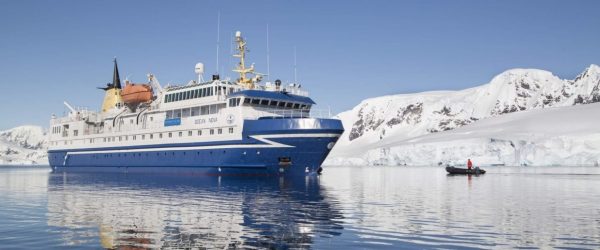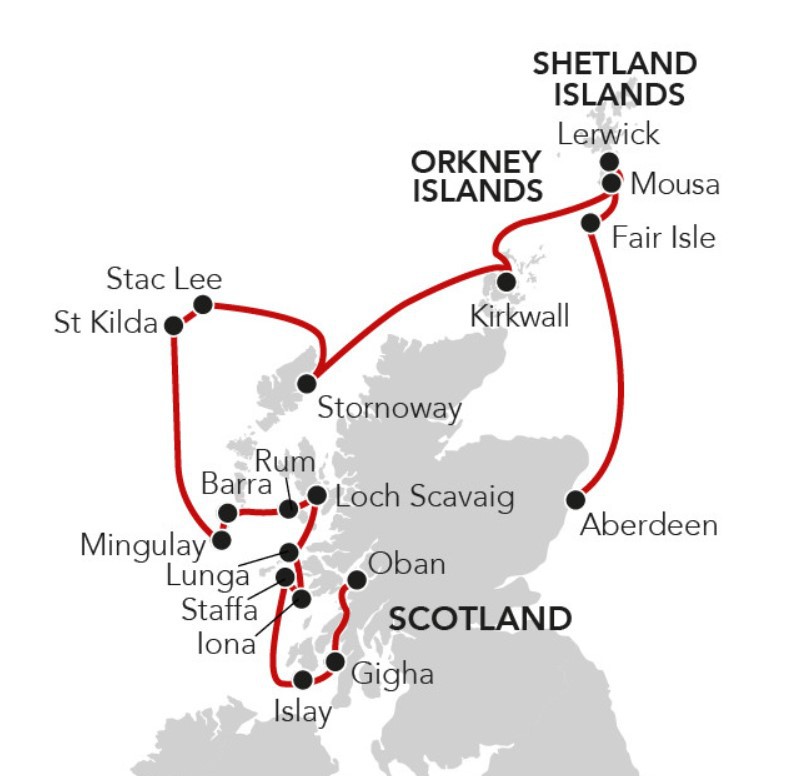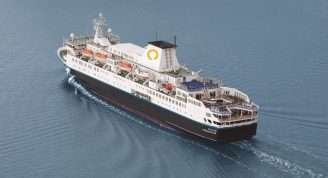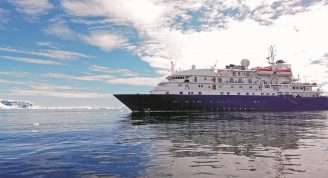Description
Scotland’s magnificent coastline is an indented landscape of enormous natural splendour with offshore islands forming stepping stones into the Atlantic and this voyage will appeal to those who want to explore the wonderful scenery and the abundant bird and wildlife. If you have always had a hankering to visit some of the remotest and most inaccessible islands in Scotland, this is the ideal opportunity visiting as it does the majestic Hebrides, Orkney Islands and the Shetland Islands. Join us aboard the 84-passenger Ocean Nova as we sail from the port of Oban to the islands on the edge, visiting both inhabited and uninhabited islands and places of great natural beauty, rich in wildlife and many with a long history dating back to the Iron Age.
Few cruise ships offer the chance to explore the islands off the northern coast of Scotland and our unique expedition combines visits to the remote, uninhabited outposts of Mingulay and St Kilda with the historically significant sites on the Isle of Lewis and the Orkney Islands with their incredible wealth of pre-historic archaeology. We will witness vibrant colours and amazingly prolific birdlife, explore deserted villages and learn of the history and ancient culture of unique island life.
Such a trip would be almost impossible to arrange independently and requires a small ship with the expeditionary qualities of the Ocean Nova. With just over eighty travelling companions, the atmosphere on board is convivial and when ashore with our local experts and expedition team, we will divide into small groups thereby enjoying a comprehensive and peaceful experience.










